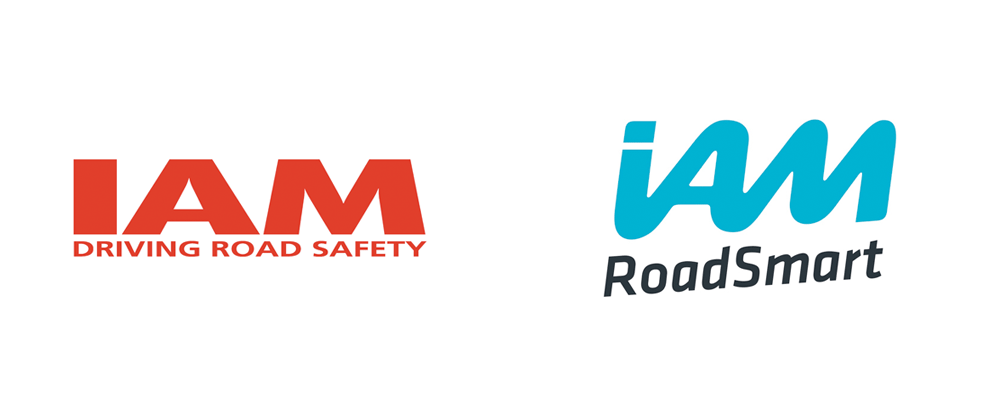Be Prepared! Travelling in the EU after Brexit.
The Government has confirmed that if there is no deal with the EU then mutual recognition of driving licences between the UK and EU may end. This would mean that UK drivers wishing to drive in the EU after 29 March 2019 would need to get an International Driving Permit (IDP). An International Driving Permit is a permit that allows you to drive in countries where a UK licence alone is not sufficient. It is basically an official, multi-language translation of your driving licence. You could be fined (or worse) for relying on just an IDP – so, you must carry your UK licence too. You can apply for an IDP 3 months before you travel, however, a permit cannot be backdated.
IDPs are valid for 1 to 3 years depending on the type required for your destination country. Whilst your IDP is valid it can be used in as many countries as you wish providing you have the correct version. You can purchase as many permits as required, as you may need more than one permit if you are travelling or driving through more than one country. You should check the requirements for each country.
-
A 1949 Convention IDP (Ireland, Iceland, Spain, Malta, Cyprus), or
-
A 1968 Convention IDP (all other EU countries, Norway and Switzerland)
-
A 1926 Convention IDP (Liechtenstein)
-
Ireland has ratified the 1949 Convention but doesn’t require foreign drivers to carry an IDP, so you won’t need an IDP to drive in Ireland after 29 March 2019.
Find out if you may need an IDP using the Post Office’s IDP Country Checker.
Find your nearest IDP issuing Post Office, and despite there being around 2,500 branches, the nearest issuing Post offices to Derby seem to be Nottingham, Sheffield, Leicester and Coventry! Refer to:
https://www.postoffice.co.uk/international-driving-permit (Where’s My Nearest Branch)
Number Plates and National Identifiers
Under international conventions, GB is the distinguishing sign to display on UK-registered vehicles when driving outside of the UK, including in the EU and the EEA. You will not need a GB sticker to drive outside the UK if you replace a Euro-plate with a number plate that features the GB sign without the EU flag.
You can display the distinguishing sign as either a GB sticker or a GB sign on your number plate.
From 29 March 2019, if the UK leaves the EU without a deal, you may need a GB sticker even if your vehicle has a Euro-plate (a number plate displaying both the EU flag and a GB sign).
All things considered, a staycation may be a better option!
| Virus-free. www.avg.com |
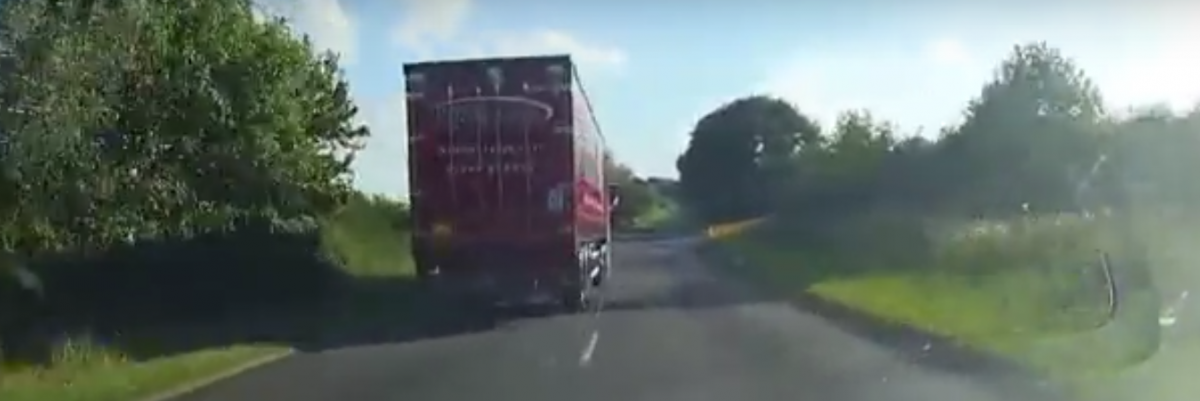
 ery often people just want their transport arranged and don’t mind who drives as long as it’s not them! In which case it might be worth pre-arranging a cab or minibus – don’t leave it too late as these things are best booked and paid for in advance. Research shows that women are much better at this, so gentlemen take at leaf out of their book and plan ahead!
ery often people just want their transport arranged and don’t mind who drives as long as it’s not them! In which case it might be worth pre-arranging a cab or minibus – don’t leave it too late as these things are best booked and paid for in advance. Research shows that women are much better at this, so gentlemen take at leaf out of their book and plan ahead! Most of us travel at some stage over the festive period, and sharing the road with what can feel like the entire population can be stressful, as Chris Rea discovered.
Most of us travel at some stage over the festive period, and sharing the road with what can feel like the entire population can be stressful, as Chris Rea discovered. Packing the car can leave you fraught. Make a check list of everything you need and try to ensure there are no loose parcels that could turn into missiles in the event of having to brake in an emergency. Leave all your presents and electrical items out of sight. Don’t give the thieves something to be happy about this season! Carry an emergency pack with some food and drink, a fully charged mobile and basic tools such as an ice scraper, shovel and a high-visibility jacket.
Packing the car can leave you fraught. Make a check list of everything you need and try to ensure there are no loose parcels that could turn into missiles in the event of having to brake in an emergency. Leave all your presents and electrical items out of sight. Don’t give the thieves something to be happy about this season! Carry an emergency pack with some food and drink, a fully charged mobile and basic tools such as an ice scraper, shovel and a high-visibility jacket. If the festive party went on into the early hours of the day of travel, then make sure you are not over the limit ‘the morning after’. Don’t risk it! As a rough guide it takes the body one hour to rid itself of one unit of alcohol (a strong pint of lager or 250ml glass of wine may contain 3 units each). And the clock starts from when you finish drinking, not when you start!
If the festive party went on into the early hours of the day of travel, then make sure you are not over the limit ‘the morning after’. Don’t risk it! As a rough guide it takes the body one hour to rid itself of one unit of alcohol (a strong pint of lager or 250ml glass of wine may contain 3 units each). And the clock starts from when you finish drinking, not when you start! 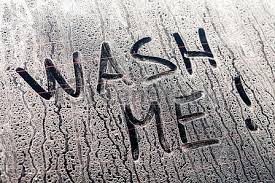 The season of mists and sprinkling saltiness is now upon us.
The season of mists and sprinkling saltiness is now upon us. 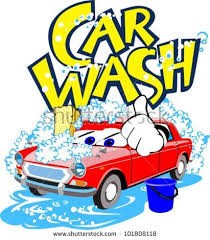 So, you face two choices. If you really can’t stand the thought of getting a bucket and sponge out, a hand car wash near you is one of the best value things a fiver will buy these days; maybe a couple of quid more if you have an SUV. They often do an excellent and thorough job – wheels, door shuts, tyre shine and all. And, of course, there is always the local
So, you face two choices. If you really can’t stand the thought of getting a bucket and sponge out, a hand car wash near you is one of the best value things a fiver will buy these days; maybe a couple of quid more if you have an SUV. They often do an excellent and thorough job – wheels, door shuts, tyre shine and all. And, of course, there is always the local  Dirty windscreens make it even more difficult for drivers to see in the low sun. The heater is often on the de-mist setting, blowing traffic fumes, suspended oil and smoke onto the inside of the screen which quickly builds up a film of grime which is a major cause of glare. Clean the screen inside and out with glass cleaner at least once a week.
Dirty windscreens make it even more difficult for drivers to see in the low sun. The heater is often on the de-mist setting, blowing traffic fumes, suspended oil and smoke onto the inside of the screen which quickly builds up a film of grime which is a major cause of glare. Clean the screen inside and out with glass cleaner at least once a week. Use the sun visor or wear a baseball cap or wide brimmed hat. Just ensure you can still see the road ahead!
Use the sun visor or wear a baseball cap or wide brimmed hat. Just ensure you can still see the road ahead! If the sun is behind you, it’s in the eyes of drivers coming towards you – be aware that they might not see you or the road markings between you and them. Switching on the car’s dipped headlights will help oncoming drivers see your vehicle and judge speed and distance.
If the sun is behind you, it’s in the eyes of drivers coming towards you – be aware that they might not see you or the road markings between you and them. Switching on the car’s dipped headlights will help oncoming drivers see your vehicle and judge speed and distance.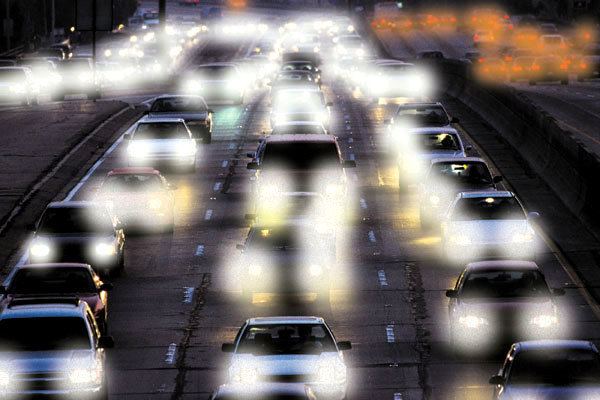 There are eye conditions, such as early cataract growth, where looking towards the sunlight gives much worse vision than when looking away from it. These drivers may well be able to drive quite legally, once advised by an optometrist, but should be aware of their condition and drive with extra care or even postpone a journey until light conditions are more favourable. Perhaps that advice would help us all.
There are eye conditions, such as early cataract growth, where looking towards the sunlight gives much worse vision than when looking away from it. These drivers may well be able to drive quite legally, once advised by an optometrist, but should be aware of their condition and drive with extra care or even postpone a journey until light conditions are more favourable. Perhaps that advice would help us all.